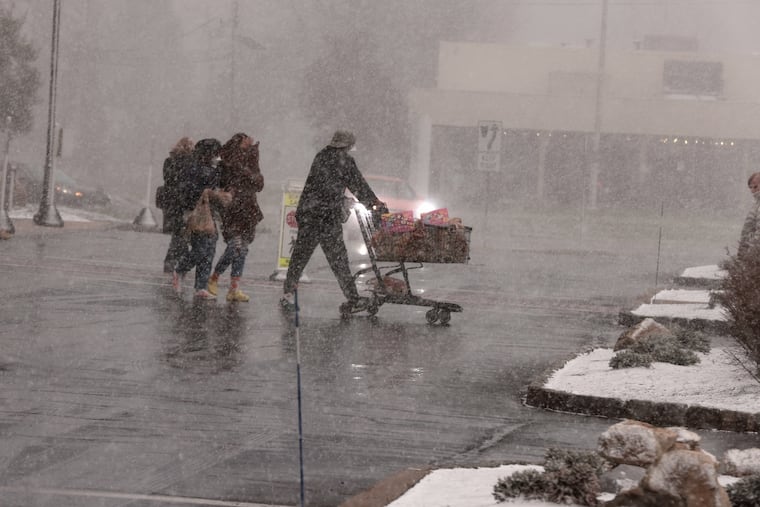Here’s what made that snow squall in central Pennsylvania so deadly
Multiple deaths have been blamed on squall borne of an unusual conspiracy of circumstances.

Multiple deaths have been blamed on squall borne of an unusual conspiracy of circumstances.
